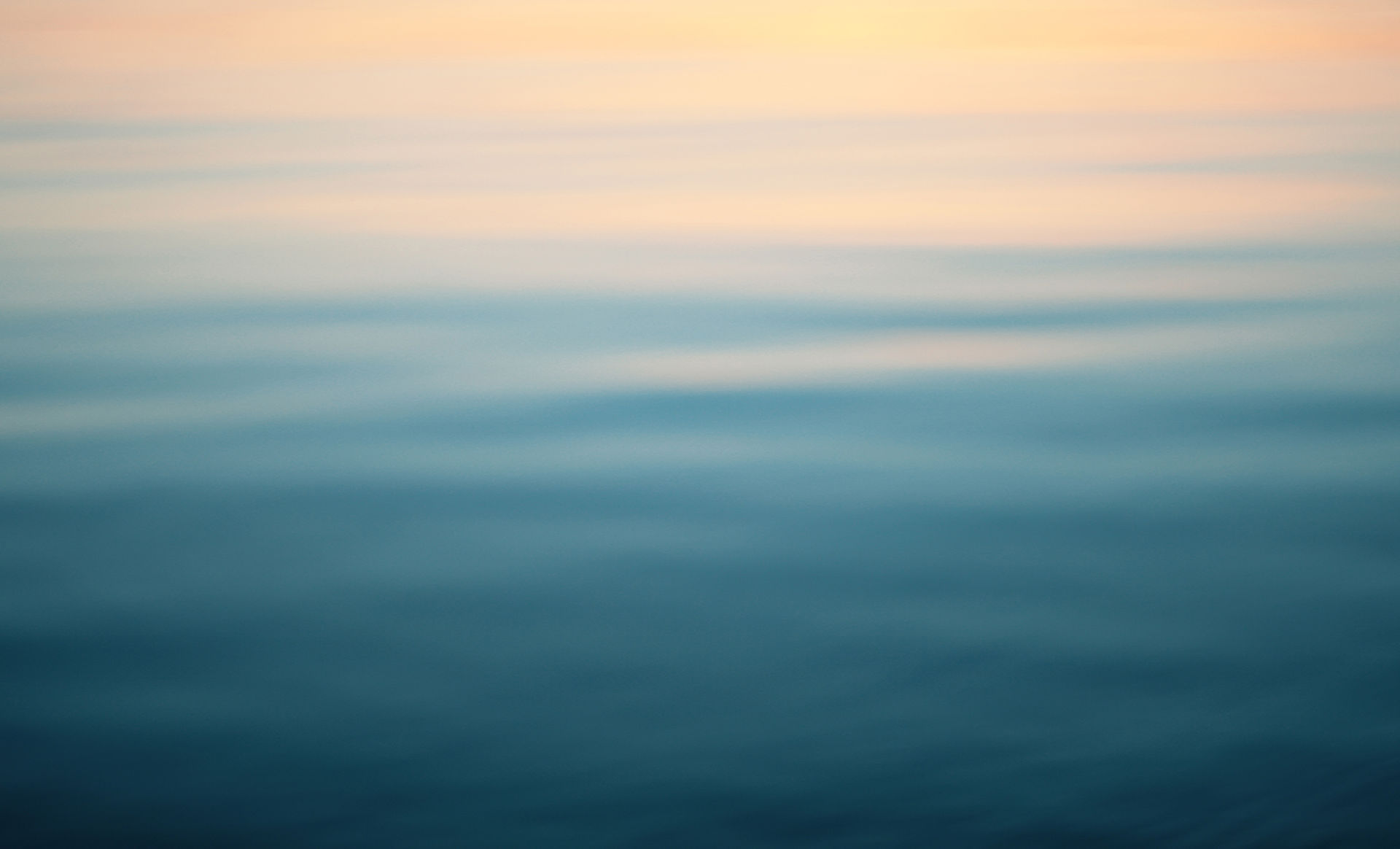Activity 2.2 - Cyroshphere: Yale Glacier, Alaska
- Bailey Moraida

- Feb 12, 2020
- 2 min read
Updated: Feb 13, 2020
Original photo: (1937)
(CBS News)
Second photo: (2006)
(CBS News)
Google Maps view: (2020)

(Google Maps, 2020)
Yale Glacier, Alaska 1937 - 2020
Problem:
Yale glacier's cryoshphere has rapidly decreased in the past 83 years. This is a problem because the cryoshphere is supposed to protect the area from getting too warm. TERC Earth labs has an article called - Getting to Know the Cryosphere and explains its importance. It states - "The presence or absence of snow and ice, therefore, affects heating and cooling over Earth's surface, influencing the entire planet's energy balance." (Why We Study the Cryosphere). Because of the increase in temperature, this has caused a huge problem for the Yale Glacier and other glaciers alike and this directly affects our weather patterns. Another issue that arises from the rapid cryoshphere decrease is how it contributes to global sea levels; the rise in sea levels is a major problem for the environment.
Explanation:
According CBS News, when the second photo was taken in 2006 Yale Glacier had thinned by over 820 feet.(CBS News). This caused a huge portion of the frozen ice adjacent to the tributary to completely melt into the tributary - river. CBS News also stated that the Yale Glacier continued the same level and position in 1937 as it did back in 1899 when it was visited by the Harriman Alaska Expedition. (CBS News).
The rise in sea levels has a rapidly negative effect on the environment. According to the World Wildlife Organization, the increase of sea levels directly effects many habitats. It causes the loss of habitats for birds, fish and vegetation. Coastal areas and wet land areas are at a high risk of flooding. Other issues also occur to agricultural; when the ice melts it causes contamination to the soil from the salt water. (Why Are Glaciers and Sea Ice Melting, WWF).
Why is the Yale Glacier melting? Humans are the leading cause of this issue. Also according to the World Wildlife Organization, humans have caused the increase of greenhouse gas emissions. The creation of the industrial revolutions is a major factor in this increase of gas emissions. If we continue at the rate we are at, it will only get increasingly worse. The World Wildlife Organization leaves you pondering if we are already in a state of no going back, if we are even capable of fixing this issue. They state -
"Even if we significantly curb emissions in the coming decades, more than a third of the world’s remaining glaciers will melt before the year 2100. When it comes to sea ice, 95% of the oldest and and thickest ice in the Arctic."
(Why Are Glaciers and Sea Ice Melting, WWF).
References:
CBS News. “Vanishing Glaciers of Alaska.” CBS News, CBS Interactive, 30 Nov. 2015, www.cbsnews.com/pictures/repeat-photography-of-alaskan-glaciers/24/.
Google Maps. (2020). Yale Glacier, Alaska. Retrieved from https://www.google.com/maps/place/Yale+Glacier/@60.802971,-148.4087799,8z/data=!4m8!1m2!2m1!1syale+glacier+in+prince+william!3m4!1s0x56c9d16c3b96ae37:0xf4bf04c710cecee3!8m2!3d61.287778!4d-147.477778
“Why We Study the Cryosphere.” Climate and the Cryosphere, 11 Feb. 2019, serc.carleton.edu/eslabs/cryosphere/1b.html.
“Why Are Glaciers and Sea Ice Melting?” WWF, World Wildlife Fund, www.worldwildlife.org/pages/why-are-glaciers-and-sea-ice-melting.






Comments